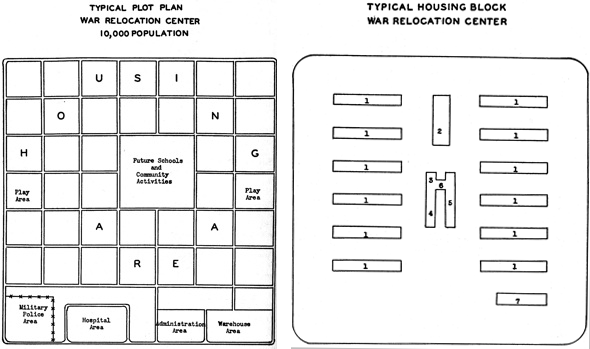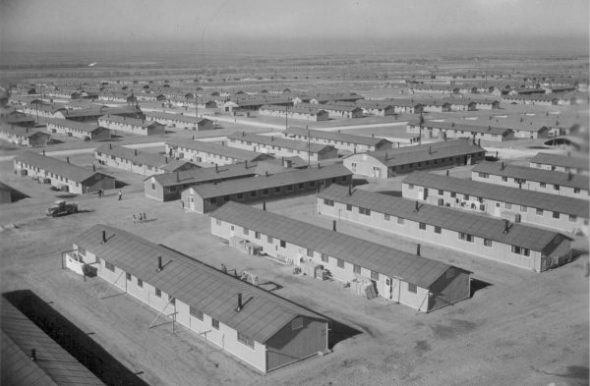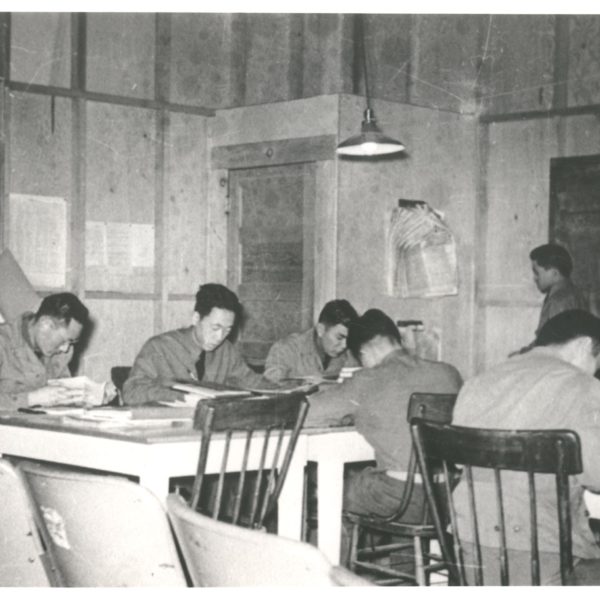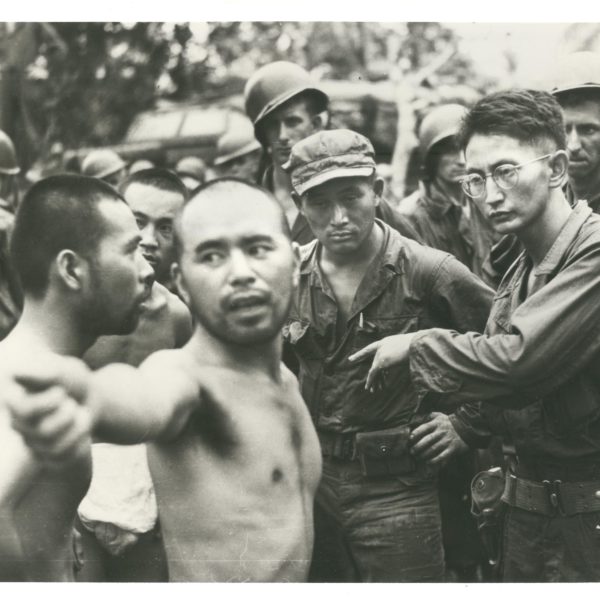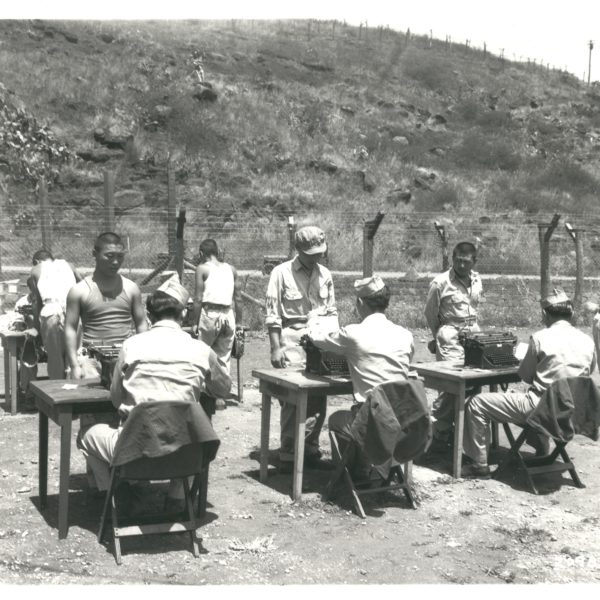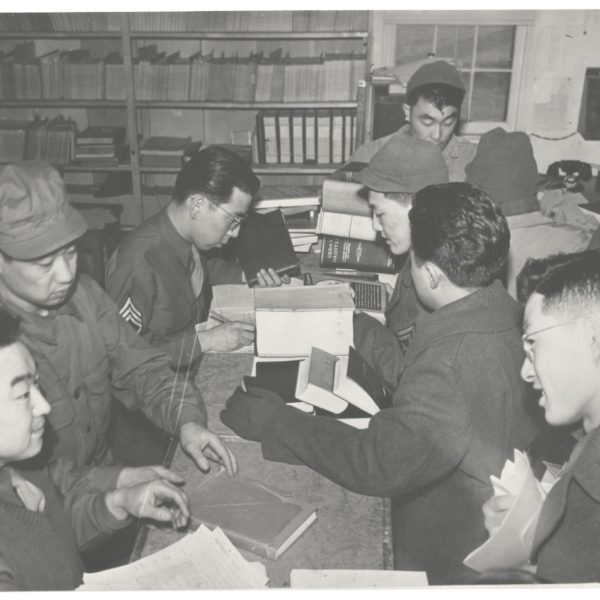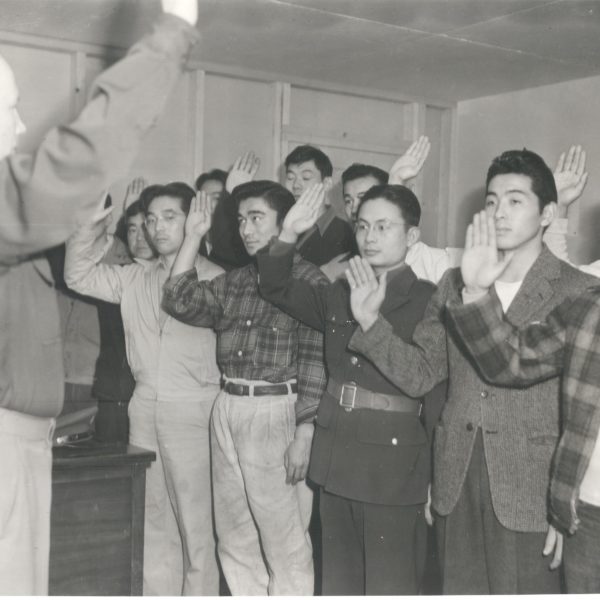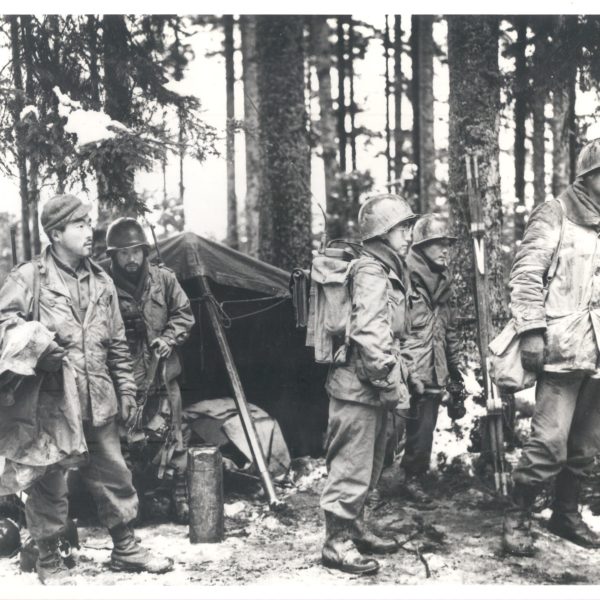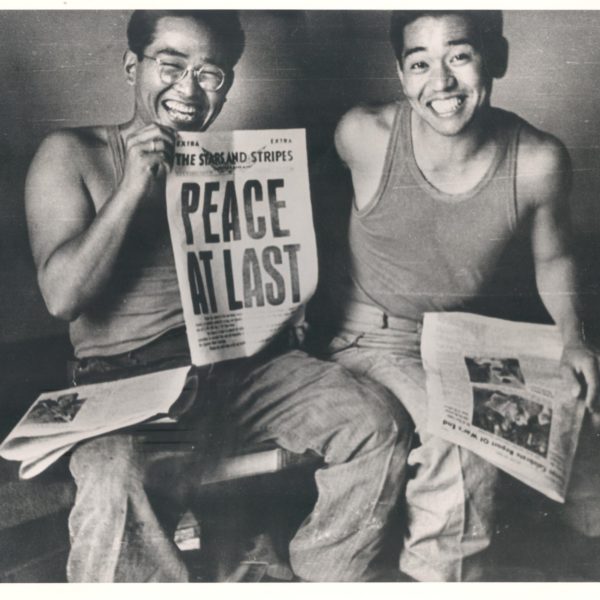History of the War Relocation Authority (WRA) Sites
By Lynne Horiuchi – Project Director
The Imprisonment Process
Shortly after the issuance of E.O. 9066, Japanese immigrants and American citizens of Japanese ancestry found themselves incarcerated in “Assembly” Centers and War Relocation Authority centers.1 Numerous administrative orders from the U.S. military and numerous Federal agencies quickly organized the removal of entire Japanese American communities from the west coast of the United States. E.O. 9066 provided the legal tool for the military to carry out a mass incarceration for the protection of national security. The Secretary of War and their military commanders created “military areas” from which they could exclude “any persons” and subject them to whatever restrictions the federal government felt appropriate. The U.S. government then created two sets of concentration camps to hold the excluded persons –seventeen Assembly Centers and ten WRA Centers. The Western Defense Command and Fourth Army, then issued Civil Exclusion Orders to remove and incarcerate “all persons of Japanese ancestry” from within the declared military areas. Issued on March 18, 1942, E.O. 9102 created the WRA to manage the “evacuation” project once the military had removed the population considered a security risk from the designated military areas.
The War Relocation Authority Centers
The U.S. Army Corps of Engineers and the U.S. Army’s civil administration, the Wartime Civil Control Administration, with the assistance of numerous other government agencies, carried out the bulk of planning and construction for the confinement sites. The U.S. Army’s Final Report claimed the Assembly Centers were completed within twenty-eight days in both rural and urban areas—between February 19, 1942 and March 20, 1942. With compressed schedules, the “Assembly” Centers were actually in a continual state of construction and barely completed by the time the “evacuees” were transported to WRA Centers between March and November 1942.

